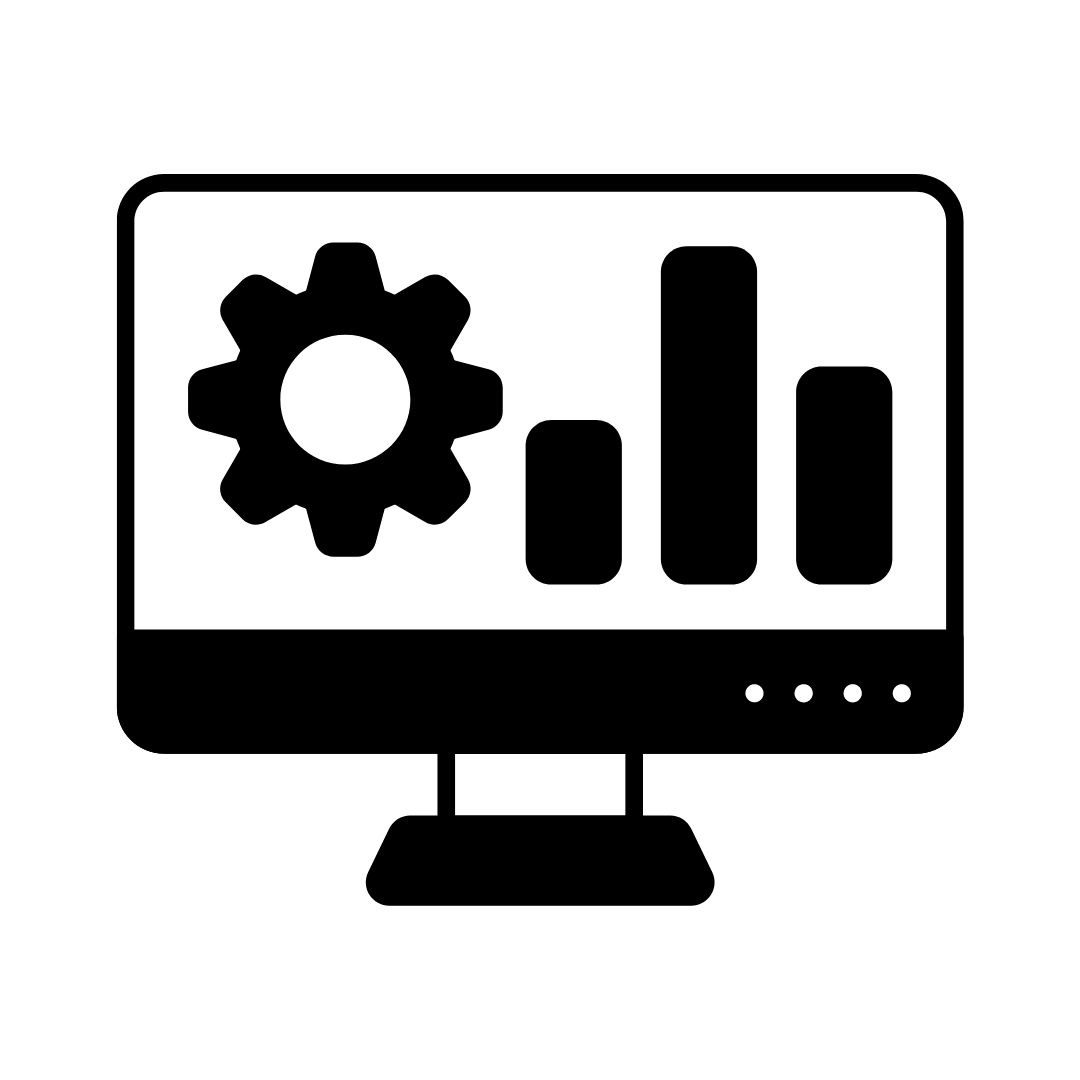Why We Need More Women In Data Science
While concrete data about women in Data Science is hard to find, what we can find is pretty abysmal. As data science grows in influence and size, the workforce representing it must be reflective of the populations it serves.
When it comes to the gender diversity gap in technology, women have made great strides in the past ten years. However, the progress hasn’t been equally distributed.
According to LinkedIn, Data Science jobs have had a 37% hiring growth over the past four years, as have related skills, including Artificial Intelligence Specialist- which has grown by 74%, Full Stack Engineer- which has grown by 35%, and Site Reliability Engineer- which has grown by 34%. For many other fields of technology, gender parity has improved with demand, including digital marketing and web development. In most major cities in America, there is currently a reported shortage of people with data science skills. This includes New York City, the San Francisco Bay Area, and Los Angeles. All this to say- demand is increasing, yet gender parity remains about the same.
Data Science becomes increasingly relevant as businesses across industries incorporate big data and data analytics to make key decisions. So- while the field is highly technical and most who work in data science hold secondary degrees- the demand is only increasing. The profession has many academic entry points, and while some enter from computer science and engineering, just as many come to data science from economics and social sciences. In 2018, an analysis of gender ratios in General Assembly classes (additional skill learning platform, mostly used by those already in the workforce) found that Data Science had the lowest ratio of women.
Diversity in Data Science is critical.
There are undoubtedly cultural and social factors that push women away from technology, but the problem can’t be exclusively blamed on a pipeline issue. A 2018 Stanford study found that only 26% of women who earn STEM degrees get jobs in the STEM field. On average, women are underrepresented and underpaid at nearly every level of technology organizations. In 2019, for every 100 men promoted to managerial positions, only about 79 women moved up to similar roles. Women may be working just as hard as their male peers but are reaping less benefits from it. Women also often face cultural barriers in technology companies who often pride themselves on endless hours and perpetuate workplaces that isolate women. From retreats at men’s only golf clubs to mentorship programs that favor men to subtle and blatant sexism and harassment, women in tech have seen it all.
Yet- Data Science is a field where women have strong potential to thrive. In a Forbes article by Vivian Zhang of Women's media, she notes that women tend to be more risk aware and more solution-oriented than their male peers, as history has shown women as champions of data-driven decisions. A Gartner study found that female Chief Information Offices were better at risk management and more optimistic about the potential for analytics. Gender-diverse companies are more likely to be profitable than their counterparts who are not gender-diverse.
In conclusion, there needs to be more diversity in Data Science. The field is far too important for a homogenous workforce. Companies need to do more to actively seek out diverse talent and facilitate their success at all levels. As data continues to shape the world we live in, we must actively make an effort to ensure its workforce reflects the ever-changing world it operates in.
Check out these related articles:
-> Diversity and Inclusion in Technology
-> Women in Technology & Engineering
-> The Future of Technology and Women in STEM
Privacy Policy Terms Of Use




